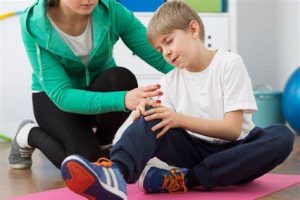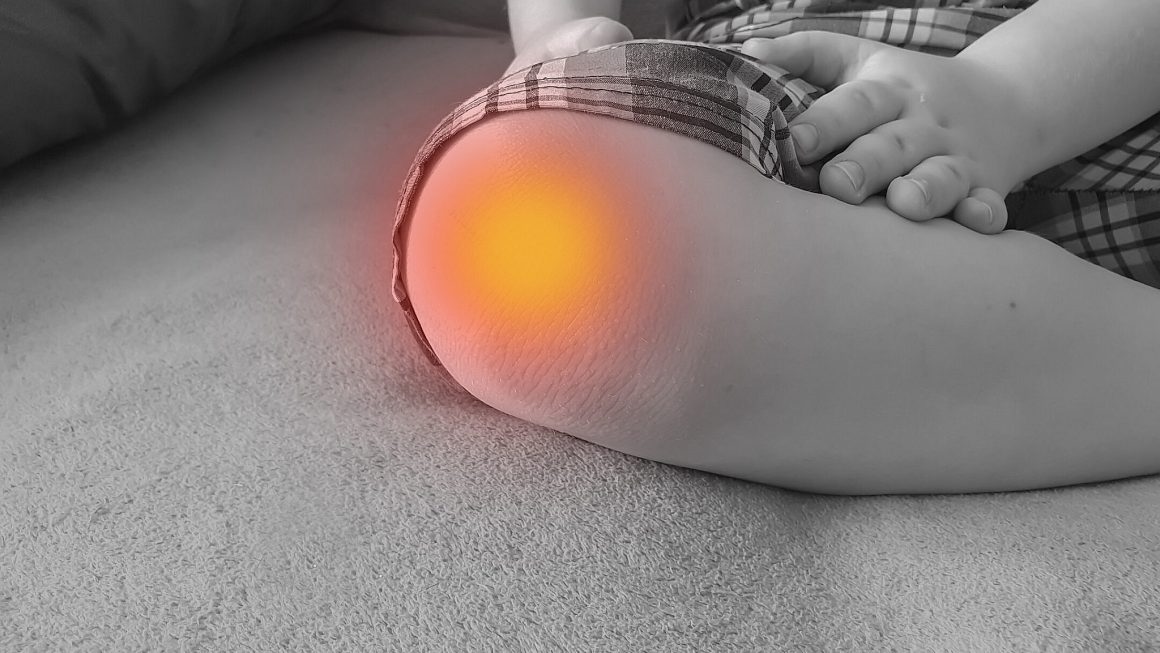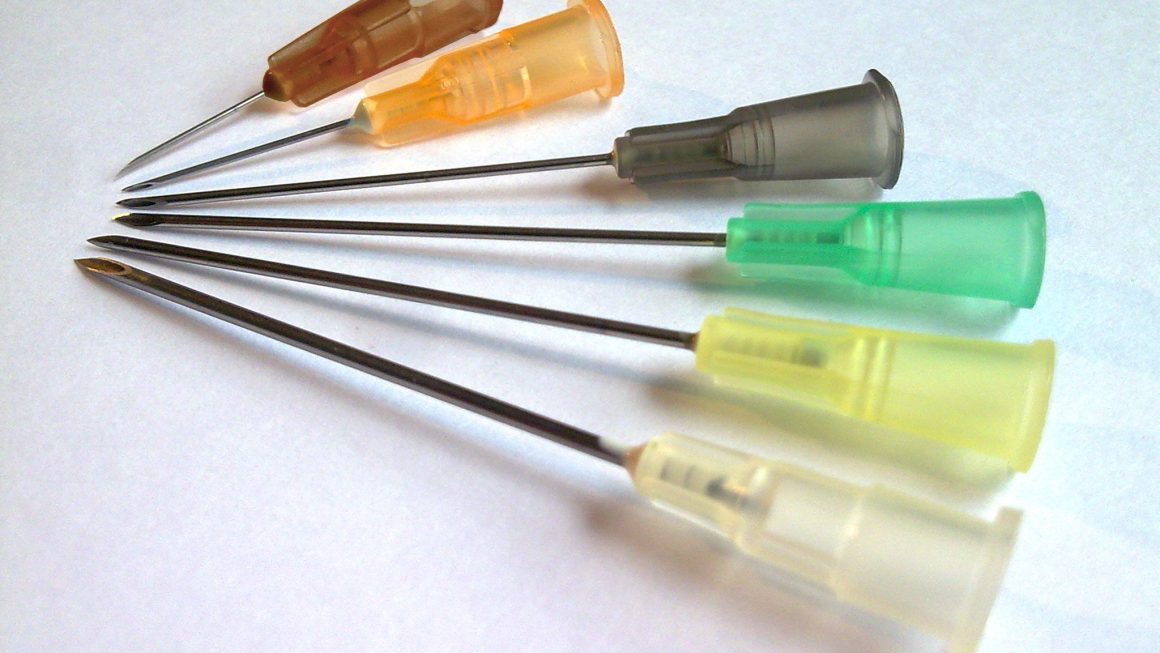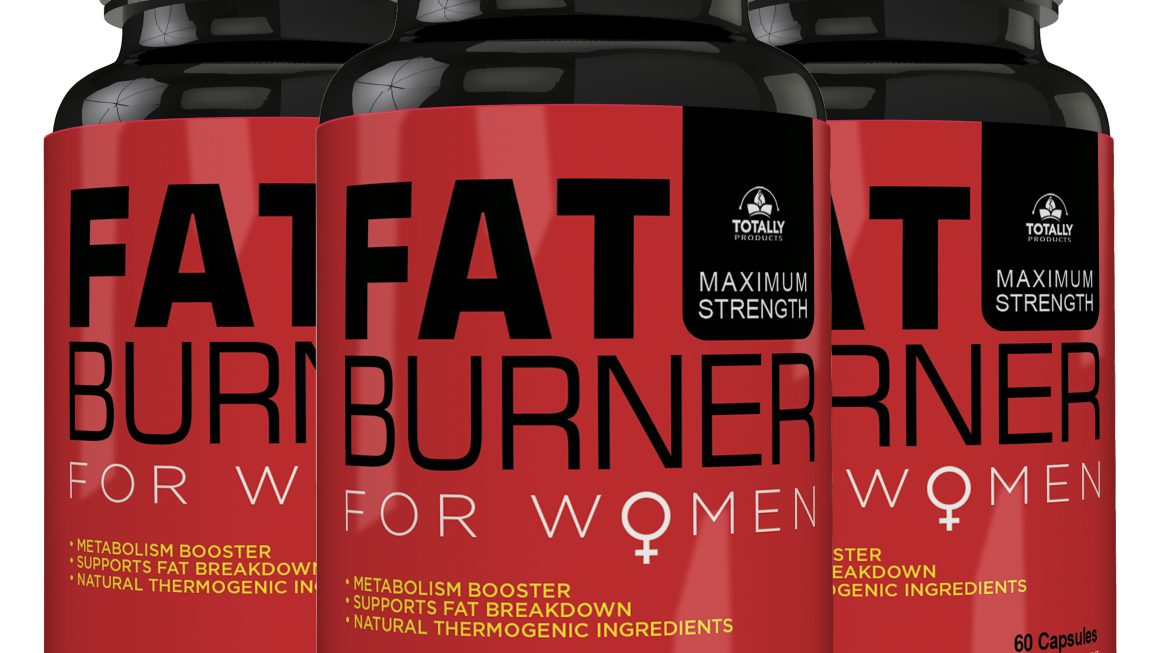Tried Everything But Still In PAIN?
Heel pain is common among people of all ages, but the cause of heel pain can significantly diiffer between adults and children. For this reason, the treatment of heel pain in children is different from that of adults, and usually a specialist foot is needed to accurately diagnose the source of heel pain in children. This article discusses the different causes of heel pain in children, and how the treatment is different.
heel pain is caused by many different conditions. In adults, the heel pain is caused by the fabric tension in the arch called fascia. The resulting condition is known as plantar fasciitis, and mistakenly called a heel spur (which may or may not be present) The Children can get this condition, especially if they have very flat feet, but this is not common. fasciitis Plantar children is generally due to fatigue in the arch of the foot flat arch causing chronic fatigue after standing for some time. This, in turn, strains the plantar fascia after a while, but not in the same manner as adults acute foot injuries. Stretching and Prescription Orthotic insoles help reduce this condition in children, while adults required medical treatment additional component solve the more inflammation develop.

The cause of heel pain is more common among children with inflammation of the growth plate the back of the heel bone. pain in children is usually in the back or the rear end of the heel and is present with an increase activity like running, or are present with a simple standing or walking. The pain of 10 during the early teenage years, when the growth plate “Closed” and the bone continues to grow. Some high-impact activities like running, running and jumping, it may require this condition development. In many cases, this inflammation develops simply, without prejudice. To be precise, usually heal on their own. However, assistance is needed to accelerate and take the child to the activity. The condition is called apophysitis calcaneus, and is easily diagnosed by specialists of the foot, and general pediatricians. X-rays are needed to exclude a fracture, which, though rare, is possible. The growth plate may be susceptible to crush injury of the heel bone, and sometimes an Achilles tendon injury draws heavily up or down the back of the heel strikes an object can produce a plaque rupture growth. In this case, the foot should be immobilized in a cast or walking boot for it to heal.
For apophysitis typical case, the treatment is conservative and may include a combination of ice or the temporary cessation of sports, drugs anti-inflammatory drugs, stretching exercises and heel lifts for Achilles or cups. They include sports activities and the closure is the most important, since this condition only need time to rest. The other components allow the reduction of inflammation and heel. However, if the heel is not rested, duration of treatment will fail and pain remains for several months. More children to improve return to normal after a month or two of rest. Unfortunately the author’s experience is that many children and their parents refuse to rest, citing the need to continue with the sport throughout the year as baseball or basketball, but with pain. They come to expect a more practical solution. In all likelihood, most children in early adolescence are not yet world class athletes who require sustained training and a couple of months off of sports, do not throw losing their dream of becoming a star in athletics. Parents should consider when their children develop the condition.
Other causes of heel pain in children after traumatic fracture of the heel bone, may include simple problems based on the painful skin as a wart or a foreign object entered the skin. Children are often walk barefoot at home, in public, and in the houses of friends. This increases the probability that an object of the child measures that could cause damage. If this object is a small flake of skin tissue from a person who has a wart, the wart virus that could infect the child cause the foot naked, and the shape of a wart on his own. This viral infection does not cause the immune system to turn against him, probably because it is limited the outer layer of the skin and circulates in the blood. This allows a favorable environment for the virus exists in the skin, which can lead to more warts formed after the action of active virus in the skin. It is not uncommon for warts that form on the bottom of the heel, which can be painful to bear weight exercises pressure the wart. The treatment of this usually involves using mild acids in the skin to stimulate an immune response, and force the body to destroy the virus.

Other treatments include freezing the wart with liquid nitrogen injected drugs, and use of immune system of other topical medications change. Surgery is made for difficult cases, but it is rarely full immunity against viruses and non-surgical treatments to achieve. Therefore, it is not uncommon to return to a close after wart removal surgery. activity Barefoot place children at risk of stepping on small sharp objects can puncture skin and are sitting just below the surface. These objects include broken glass and shards of pottery, plant material cutting, and metal shavings. Once inside the body, skin, of course, the wall of the small particles in a ball-like scar tissue, almost like an oyster forms a pearl around the arena. The resulting small cap can grow on nerves of the skin and cause pain when pressure is at the bottom of the foot. Inflammation of the tissues around it turns, and sometimes the bacteria in the small particles are the cause of local infection. Treatment consists of antibiotics for infections, and most often a proceeding under the skin remove foreign bodies and the capsule surrounding.




